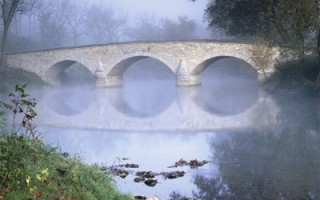
Water utilities across the United States and the world face difficult decisions in evaluating source water protection opportunities. While source water protection is seen as an important component of a multi-barrier approach to providing high-quality drinking water, it can be difficult to assess the financial benefits of specific programs.
A new project, conducted by the Interstate Commission on the Potomac River Basin, seeks to explore the relationship between forest cover and source water protection. This project will apply sophisticated watershed modeling tools to determine the potential impacts of forest loss on water quality, and how this in turn may affect drinking water treatment costs. The results will provide an initial step for evaluating the costs and benefits of protecting forested land within the non-tidal Potomac River basin. Read more…
